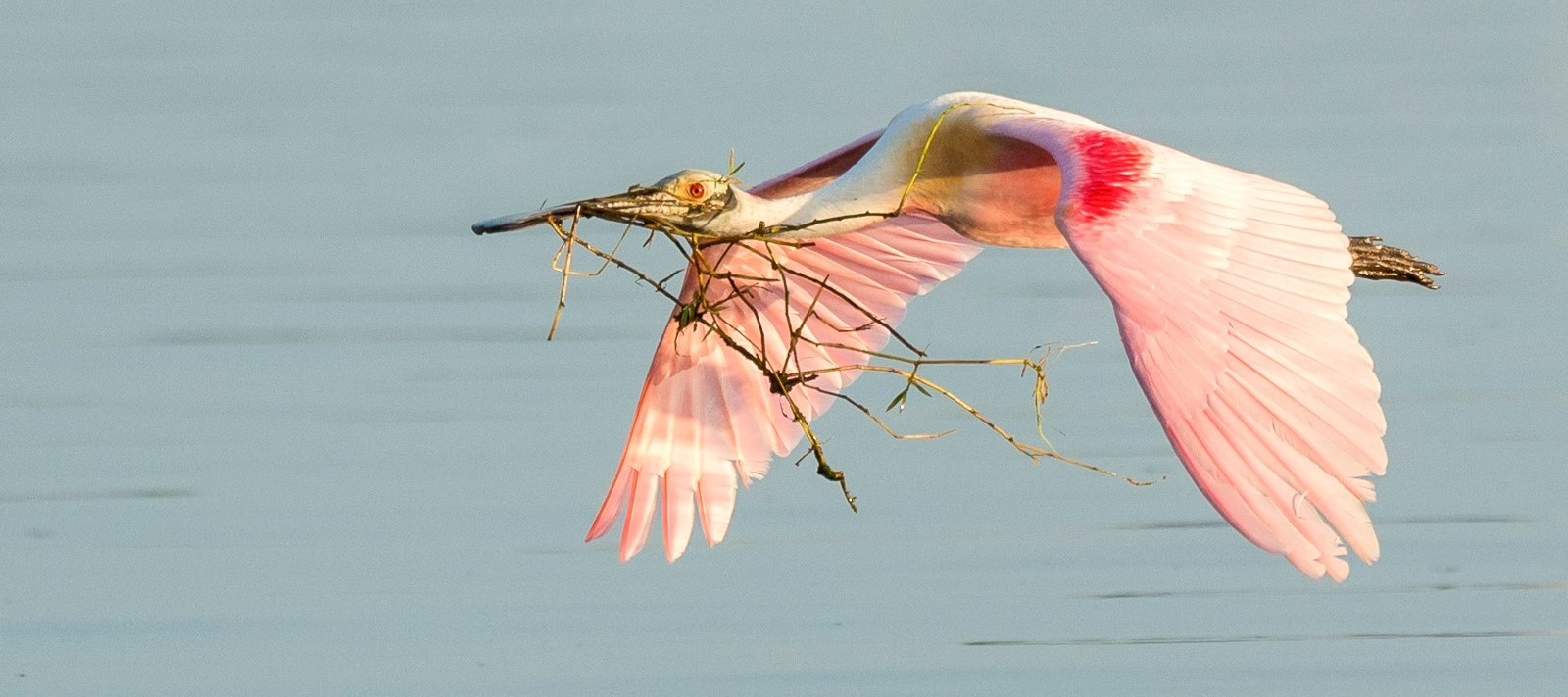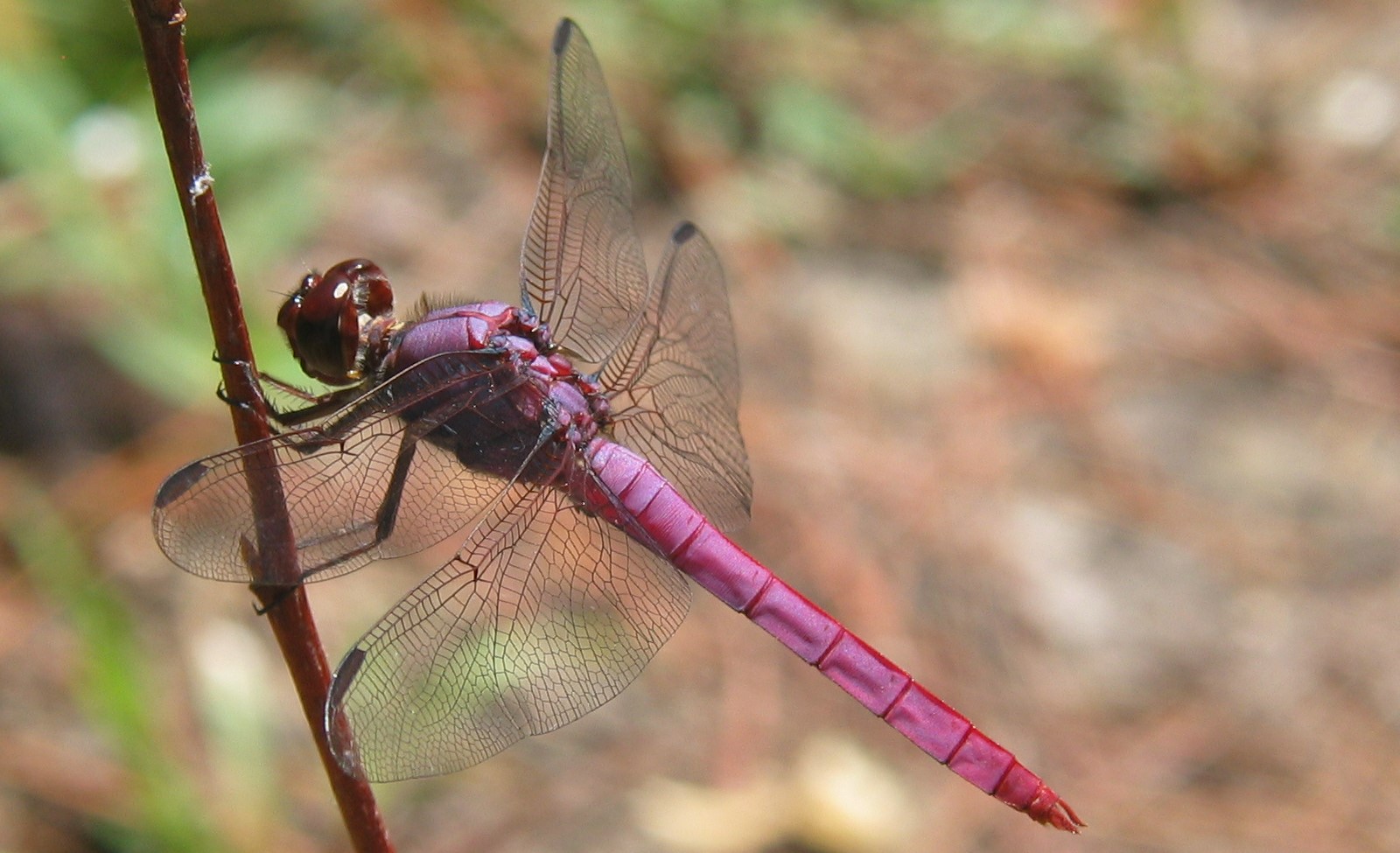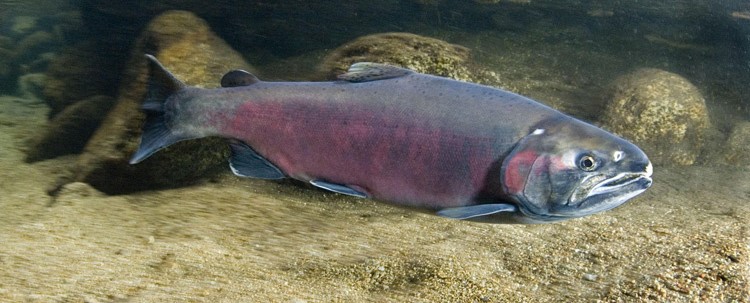We have much more to do and your continued support is needed now more than ever.
Which of Our Five Favorite Pink Wildlife Would Barbie Like?

Barbie is all about pink, but this color is fairly rare when it comes to wildlife. The animals that do have a pinkish hue often get it from their diet, or from recessive genes. However they got their hue, our five favorite pink wildlife make us feel the warmth, positivity and playfulness associated with Barbie’s favorite color!
Roseate Skimmer Dragonfly

This dragonfly is native to both North and South America, where it can be found from the United States down to Brazil. The male features the unmistakably bright rosy color, most likely to attract mates. Roseate skimmers typically live and breed near water!
Pine Grosbeak

Pine grosbeaks live in open spruce, fir, and pine forests in our northern and western states, and up through Canada to Alaska. The adult males, like the one in Yellowstone National Park pictured above, are reddish-pink and gray. These forest-loving birds usually eat buds, seeds, and fruits from trees and other plants, but in the summer they will also catch some insects and spiders.
Pink Coral and Sea Anemone

You can get a total pink experience gazing at the vibrant corals and sea anemones in the Cordell Bank National Marine Sanctuary, which is located off our west coast about 40 miles north of San Francisco. Corals, including ones that are pink, are composed of hundreds to hundreds of thousands of individual animals that have tentacles used for defense and for feeding.
Salmon

Wild pink salmon got their name primarily because their flesh is pink, but they can have a pinkish hue to some of their scales, too. Wild salmon, such as coho and pink salmon, are naturally pink as their diet includes krill and shrimp, which have a reddish-orange compounds in them called astaxanthin. The endangered and threatened coho salmon pictured above is definitely showing off its pinker side!
Roseate Spoonbill

A delegation of these shockingly pink birds might be seen on any given winter day traversing a mangrove-edged flat on Florida Bay. Roseate spoonbills get their flashy color from eating crustaceans and other aquatic invertebrates that contain pigments called carotenoids which in turn show up in the bird’s feathers.
Pick your favorite pink wildlife and take action to help make sure they have the habitat and safeguards they need to survive by sending a message in support of wildlife recovery legislation.





















